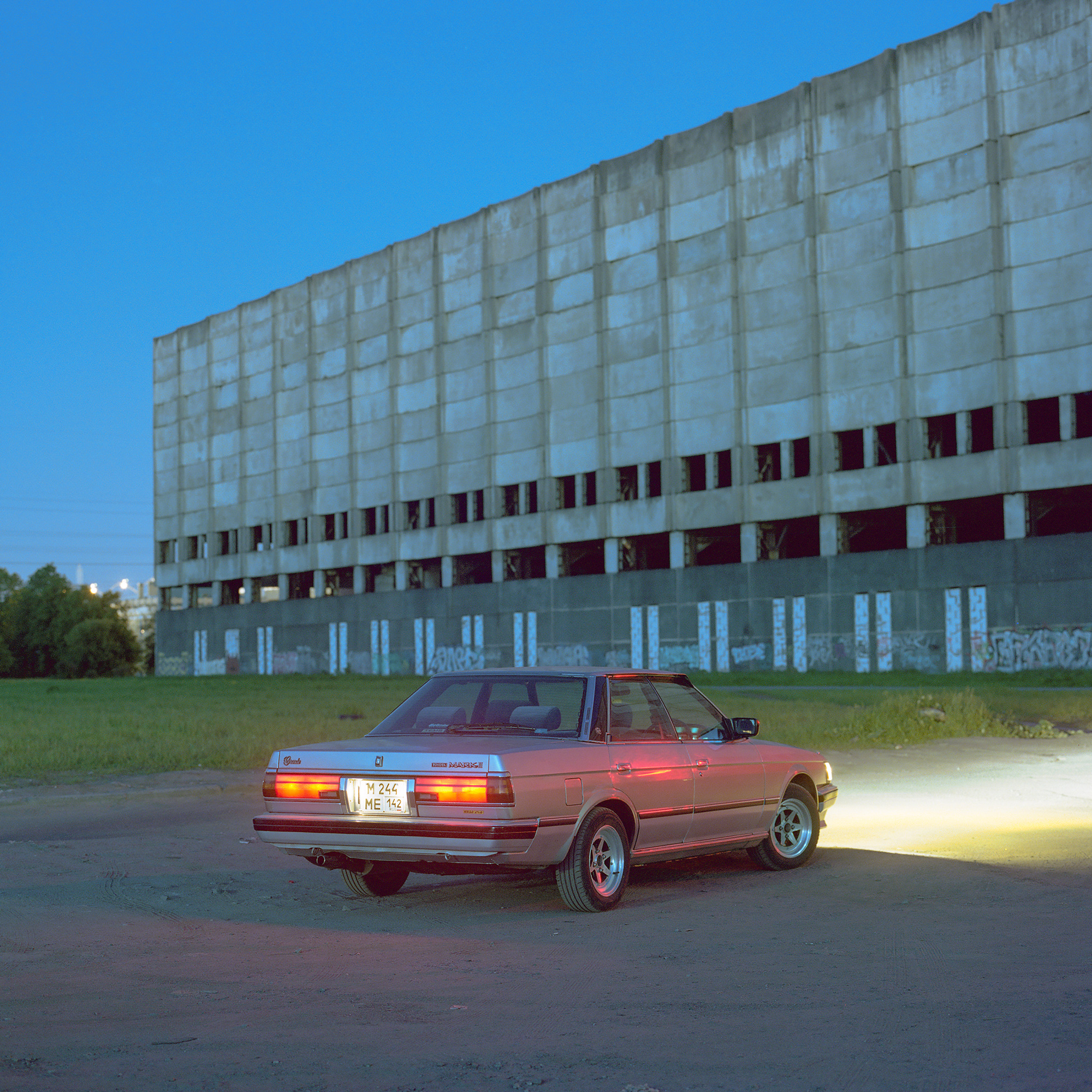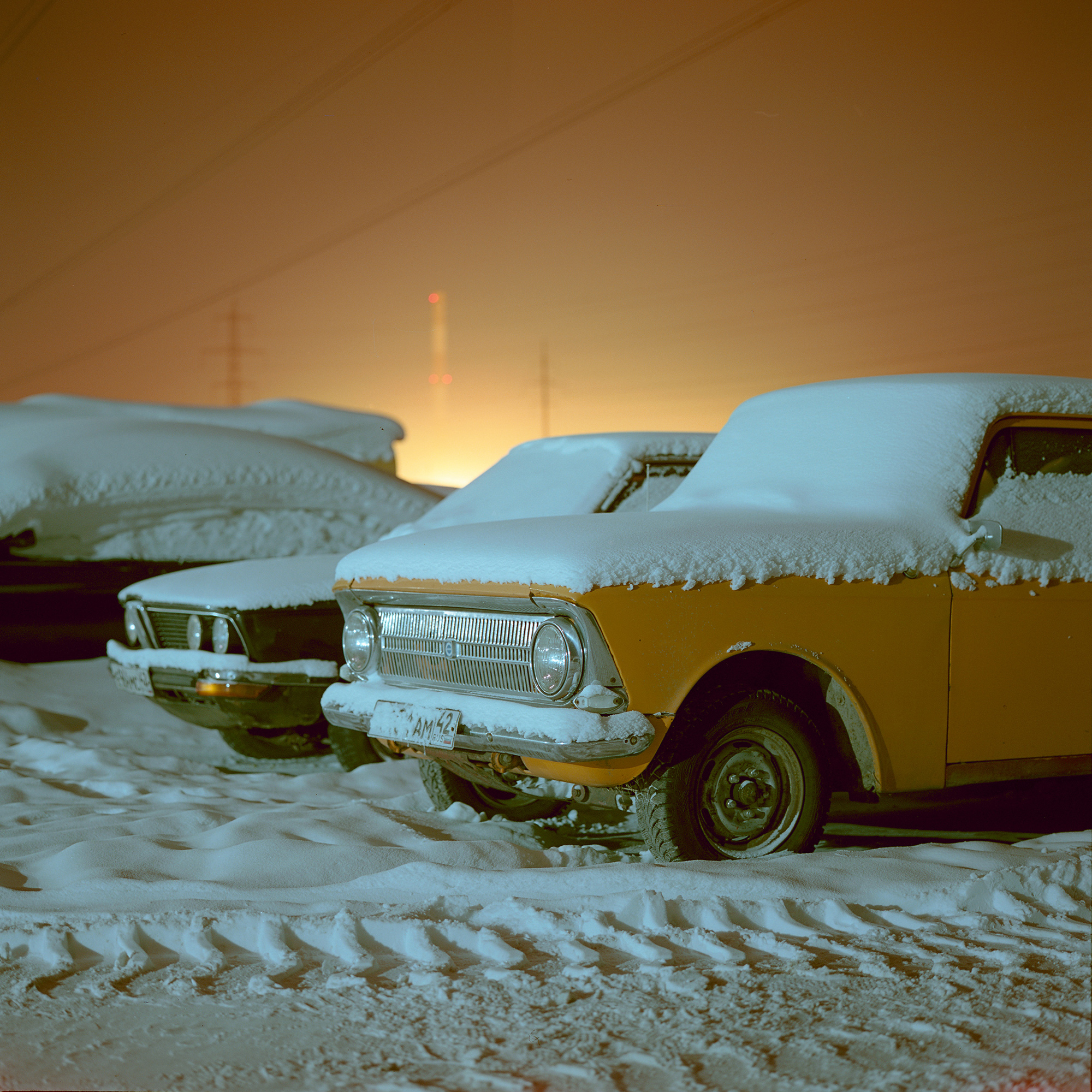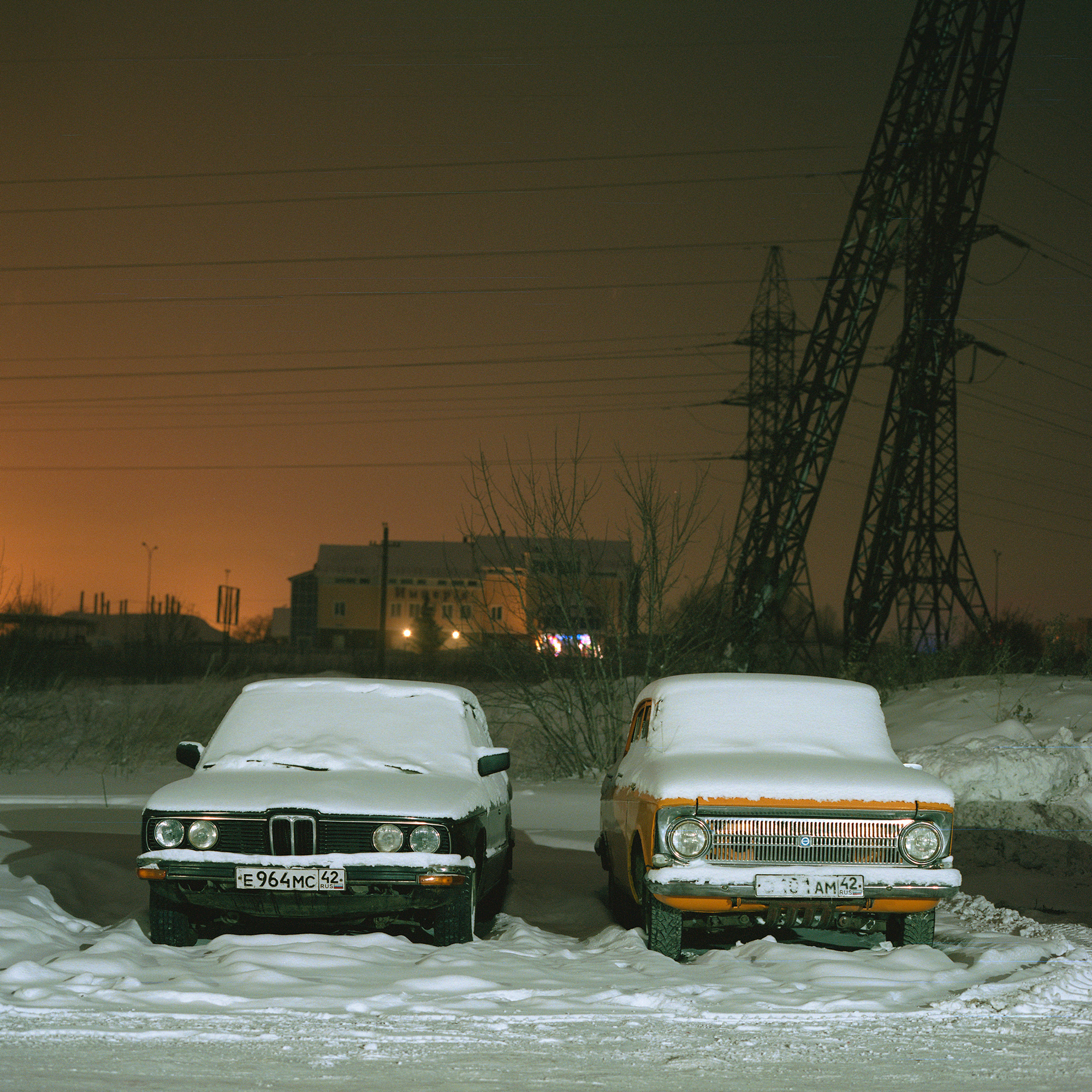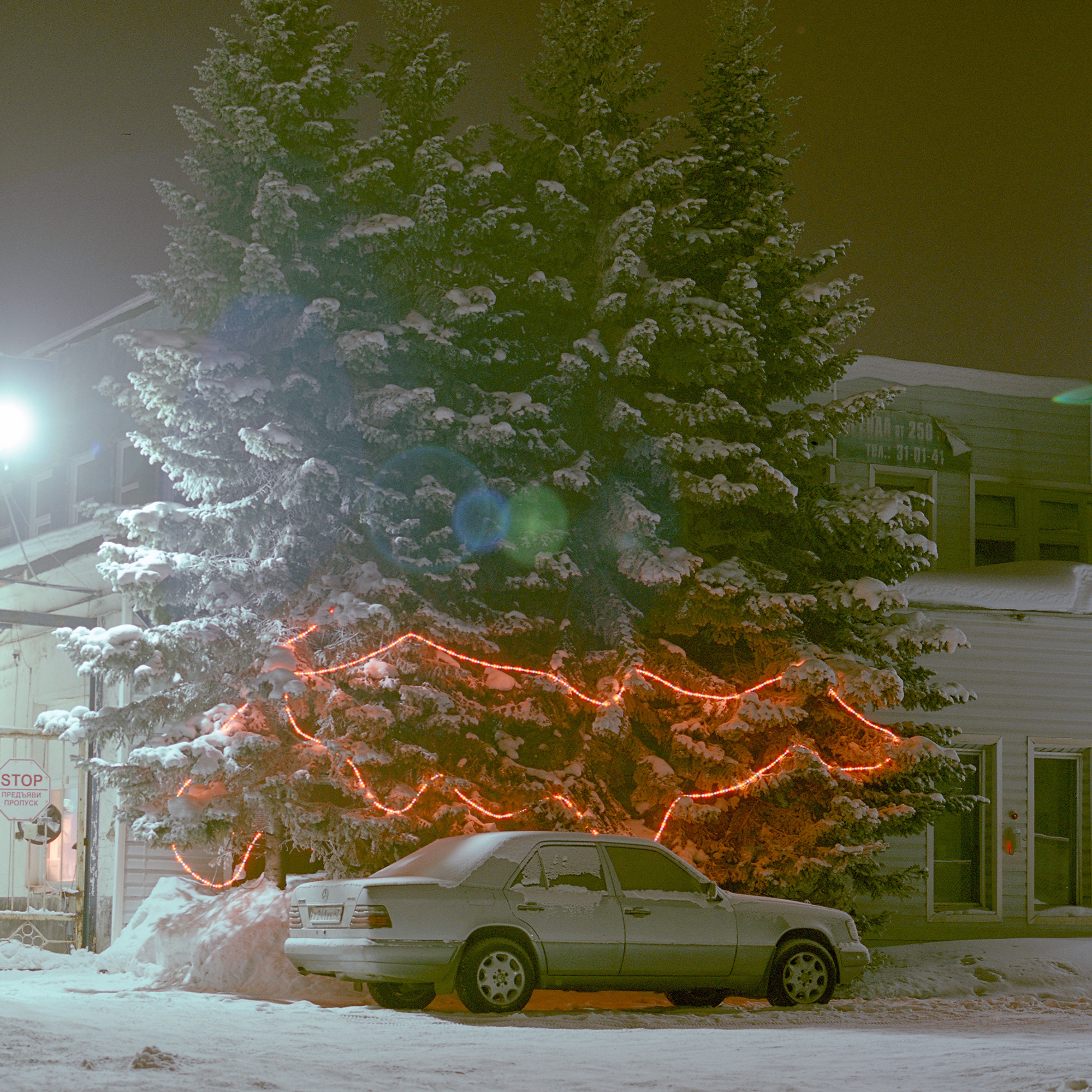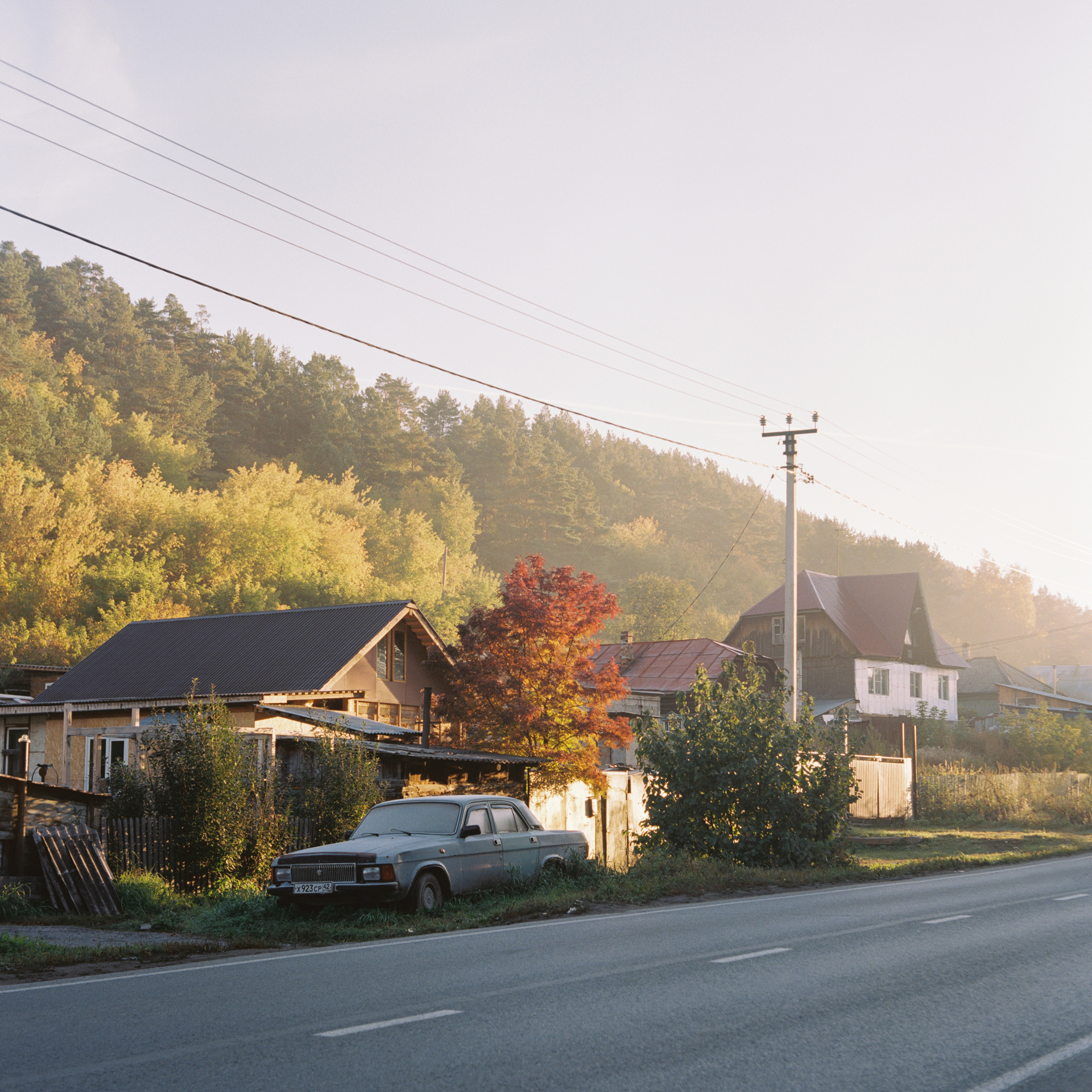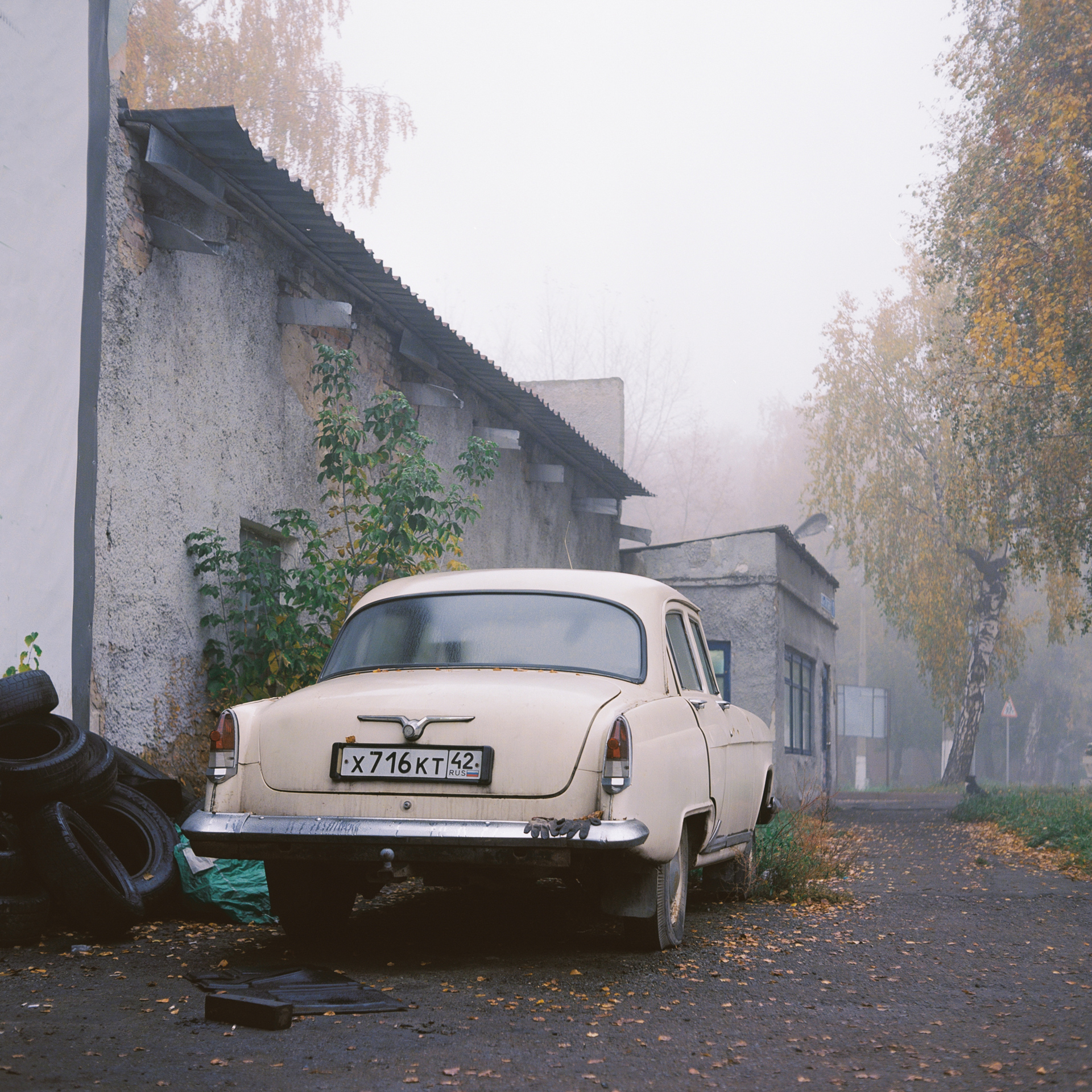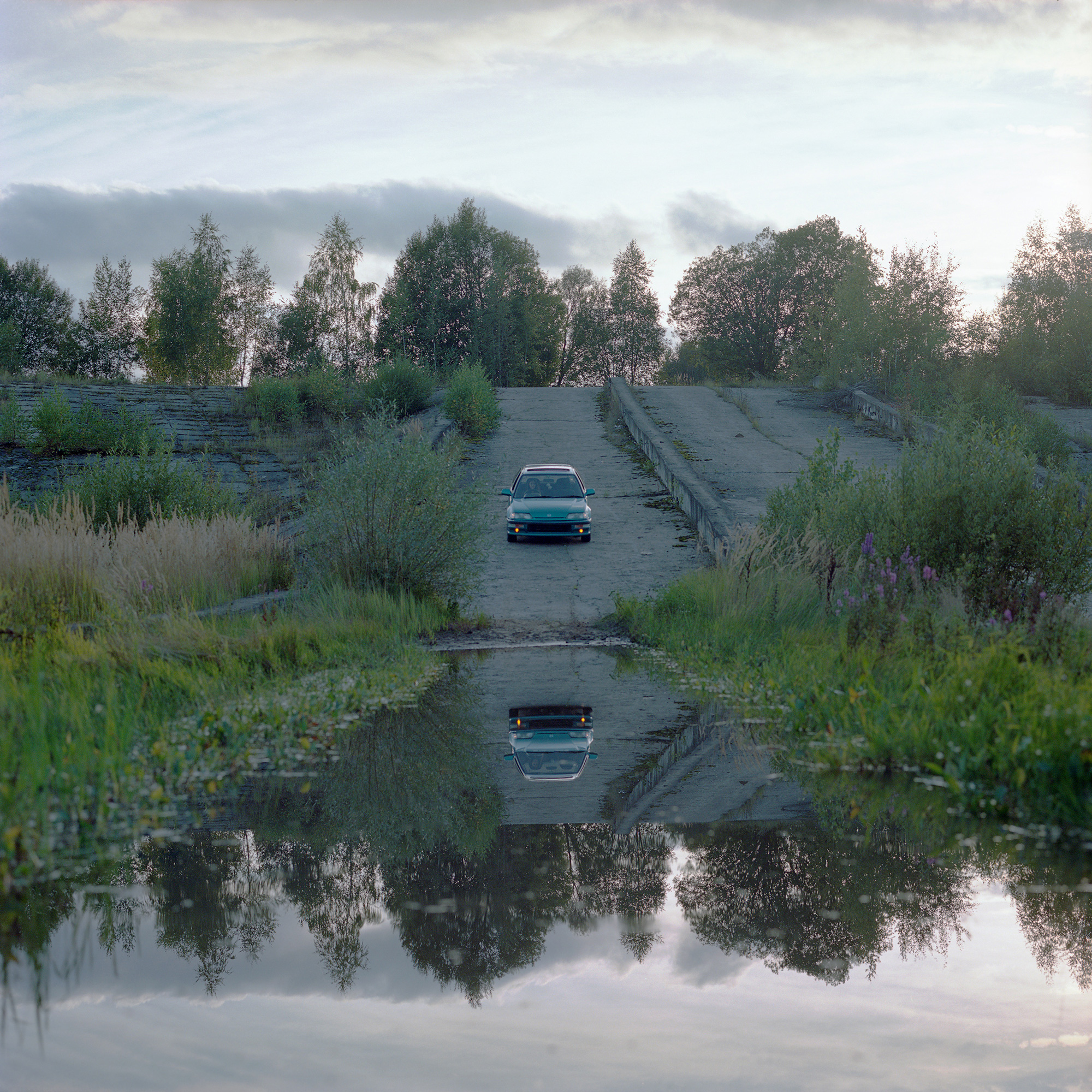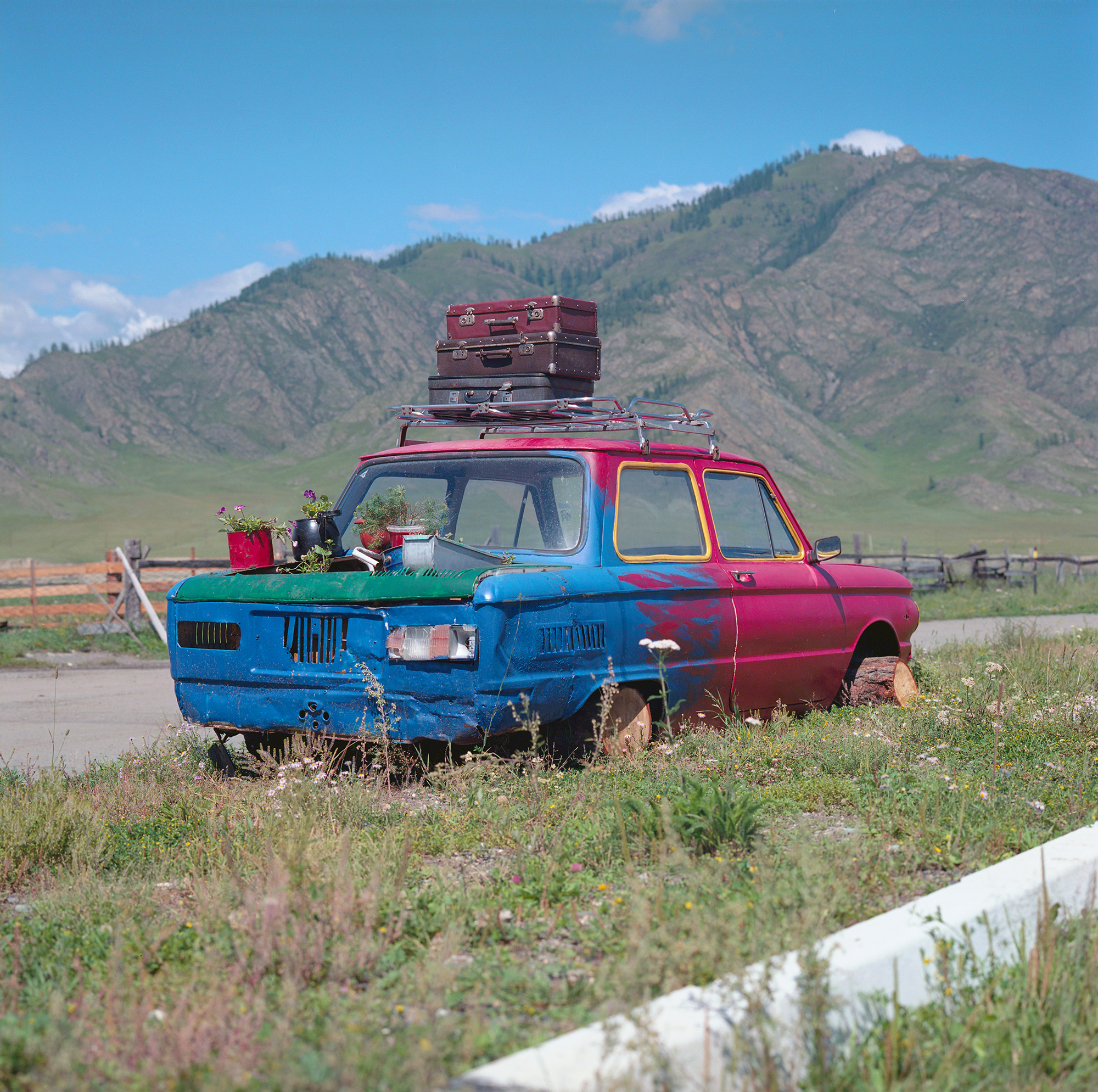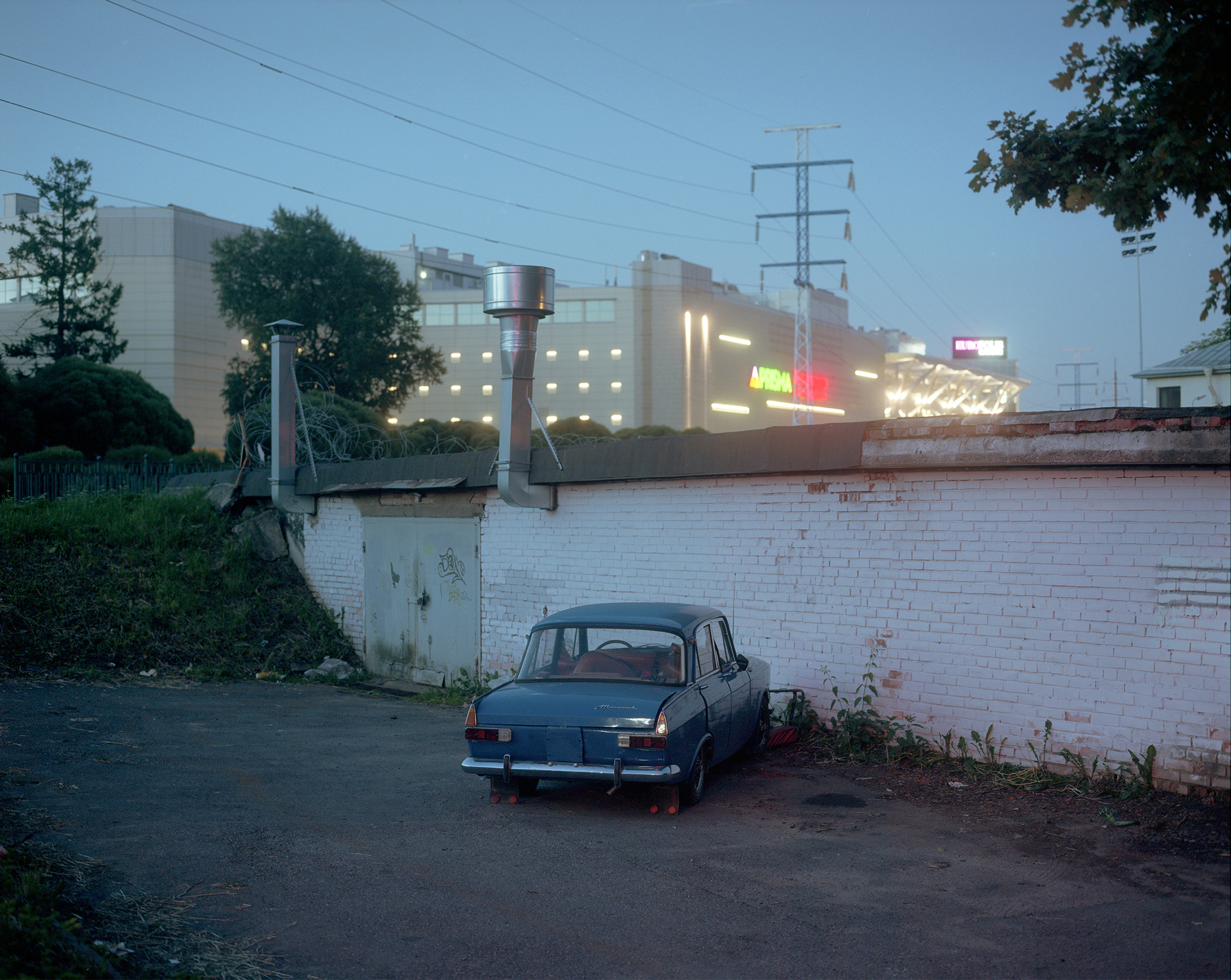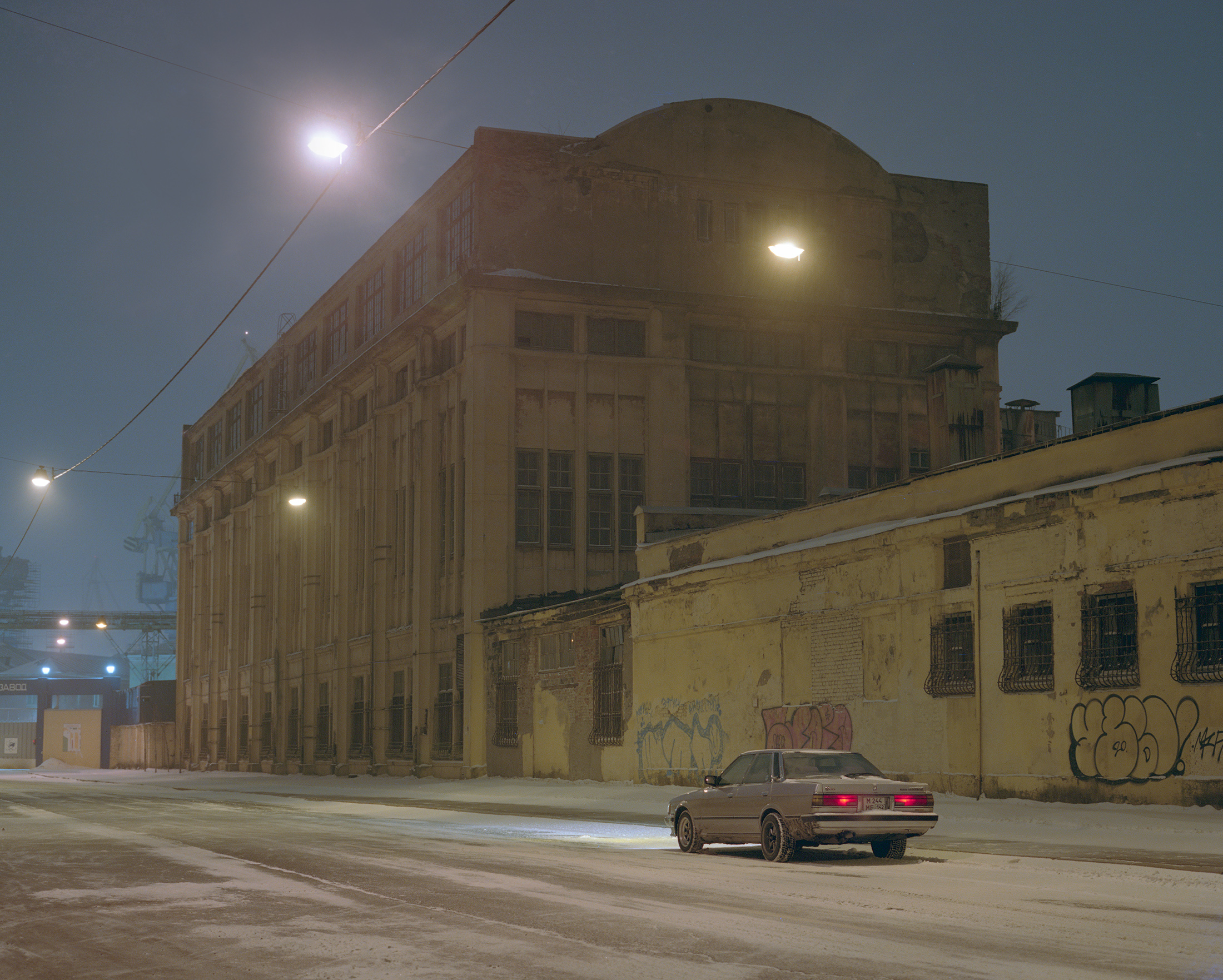Chasing cars: the photographer capturing pockets of peace in Russia’s urban landscapes
Photographer Vlad Tretiak has a sharp eye for unconventional beauty. “Newspaper kiosks, winter cold, and overall negligence and decay are inseparable from the Russian landscape, but I don’t mind it,” says the photographer, who hails from Kemerovo in Siberia.
Tretiak specifically takes images of the cars embedded in these landscapes. Old saloons and rugged vans are bathed in electric light, transformed from mundane everyday staples into the focus of poetic snapshots that meld nostalgia and futurism. Shot mainly in Siberia and St Petersburg, the photographer’s car chronicles don’t invite the viewer on a road trip adventure quite as much as push them to contemplate the intricate complexities of urban reality.
Tretiak, who is currently renovating his own 80s Toyota, obviously has a passion for motoring — although it would be an exaggeration to say that engines alone nurture his artistic practice. Still, focusing on cars does help him navigate, contextualise and personalise the otherwise inhospitable or uninviting places that he frequents as a photographer. “It’s hard to make a good shot of a stand-alone car. But a car can complete an otherwise patchwork set of details,” he says.
The versatile textures of Russia’s urban landscape provide constant inspiration for Tretiyak. He believes that even the faceless, plastic-coated structures of the early 2000s, — suburban shopping malls and car washes — have a story to tell. More importantly, he believes that a story is a relatable one for a majority in Russia, who grew up surrounded by these buildings in their own neighbourhoods. Tretyak’s photography helps nurture a sense of romanticism, or at least acceptance, of these landscapes. He seeks raw, industrial, and overlooked spaces that offer tranquility amid city life. “It is a ritual of reclaiming peace in everyday life, like smoking a cigarette as you wait for the first bus to arrive at dawn, when the streets are still empty,” he says.
Hunting down these pockets of peace, either in the morning or at night, can mean working in monochrome winter conditions for most of the year. But while low-light levels can prove challenging to photographers, Tretiak found a way to benefit from it. “Street lights, once reflected by the snow, can change the setting altogether, building on the contrasts otherwise impossible to capture in summer or in the light of the day,” he says. “Meanwhile the snow can cover unnecessary details and make the shot vibrant.”
